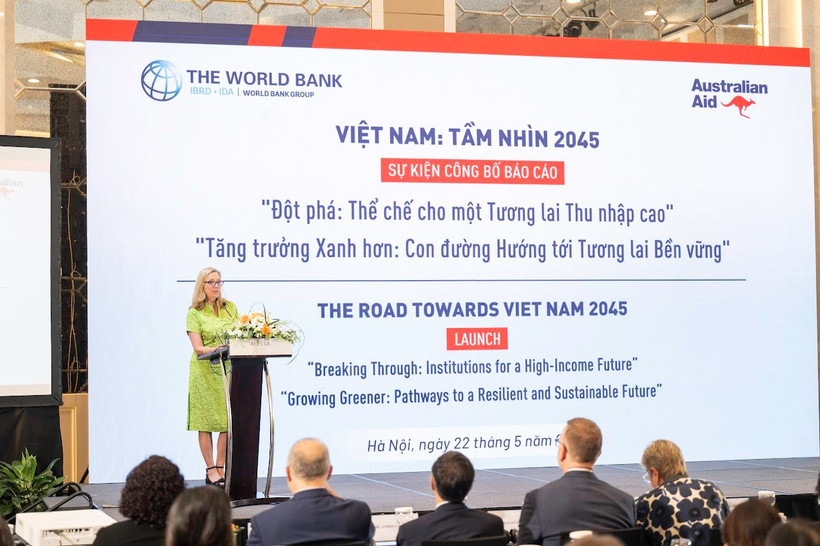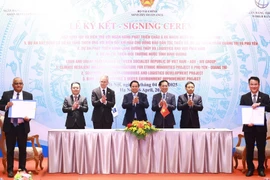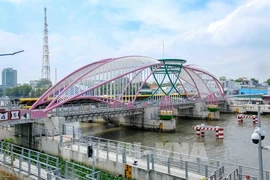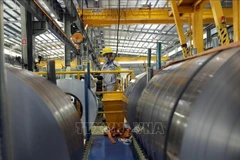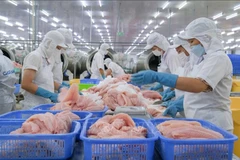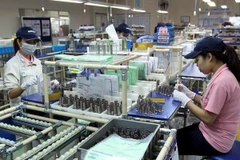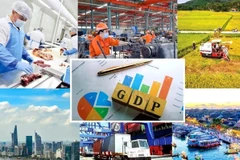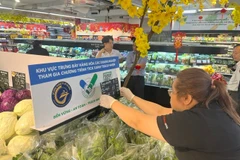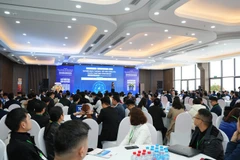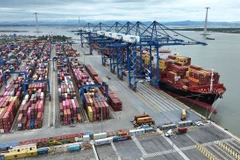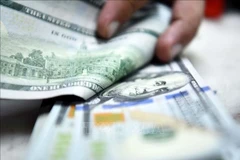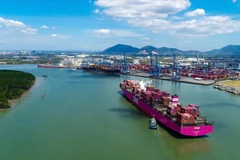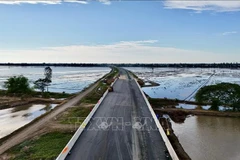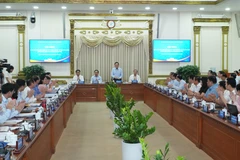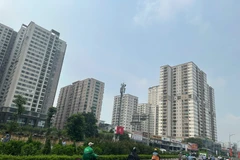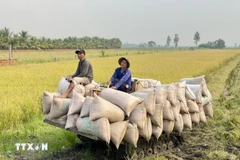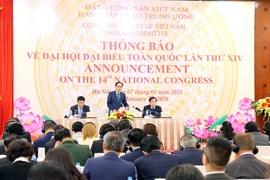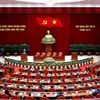Hanoi (VNA) – To achieve its ambitious goal of high-income status by 2045, Vietnam needs to deepen the sweeping institutional reforms that are underway and promote greener development, according to two new World Bank reports released on May 22.
The first report “Vietnam 2045 - Breaking Through: Institutions for a High-Income Future” argues that Vietnam needs to strengthen the legal and regulatory environment and streamline public investment to sustain the rapid growth required to meet its target.
Speaking at the launching ceremony of the reports, Mariam J. Sherman, World Bank Director for Vietnam, Cambodia, and Laos, said that Vietnam’s ambition to become a high-income country by 2045 has brought renewed focus on institutions as enablers of sustained growth.
Recent efforts show commitment, but achieving this goal will require even bolder reforms - an ‘institutional big push’ - to unlock the private sector’s potential to drive growth and create quality jobs for its people, she said.
The report pointed out several reforms that are critical for Vietnam’s next phase of development. Specifically, public investment management needs to be more effective with improved project selection, implementation and oversight.
In addition, strengthening the legal and regulatory framework will create a more predictable and transparent business environment. Subnational governance would be enhanced with more autonomy, accountability and better coordination across provinces. A high-income Vietnam will also need an efficient and accountable civil service – one that is rightsized, better paid, and backed by stronger institutions for due process, transparency, and external oversight.
The second report titled “Vietnam 2045 - Growing Greener: Pathways to a Resilient and Sustainable Future” highlights how investments in adaptation can help limit the impact of climate shocks on Vietnamese farms, businesses, and factories.
Projections suggest that a sea level rise of 75–100 centimetres could inundate nearly half the Mekong Delta by midcentury. A 2024 World Bank survey found that about three-quarters of manufacturers in apparel and electronics - two of Vietnam’s leading export sectors - operate in areas facing significant heat stress, putting more than 1.3 million workers at risk.
In the absence of adaptive actions, climate impacts could reduce Vietnam’s economic output by as much as 12.5% by 2050 compared with baseline projections, potentially undermining the country’s ambition to reach high-income status by 2045.
Investment in adaptation can help reduce the projected climate-induced GDP loss from 12.5% to 6.7% by 2050.
Sherman said that what matters now is putting in place the right mechanisms and incentives to encourage more adaptation by firms and households, and to integrate climate risk management into all aspects of the economy.
The report also identifies opportunities for Vietnam to reduce the carbon intensity of its economy and move toward the government’s goal of achieving net-zero emissions by 2050. Underscoring the central role of the private sector, the report suggests steps to advance the energy transition, taking advantage of increasingly cost-effective renewable energy technologies to improve industrial energy efficiency. A well-managed transition could unlock new drivers of innovation, growth, and job creation.
Expanding renewable energy - especially offshore wind, which the World Bank estimates could reach 475 gigawatts, and wave energy - offers a major opportunity to reduce reliance on fossil fuels. Restoring mangroves and protecting seagrass beds and coral reefs are equally important, as these ecosystems increase coastal resilience while acting as natural carbon sinks.
These two reports were prepared with financial support from the Australian Government through the Australia–World Bank Strategic Partnership Phase 2 (ABP2). Together, the reports form part of the Vietnam 2045 series, which examines key policy choices and investments needed for the country to reach its long-term development goals./.
